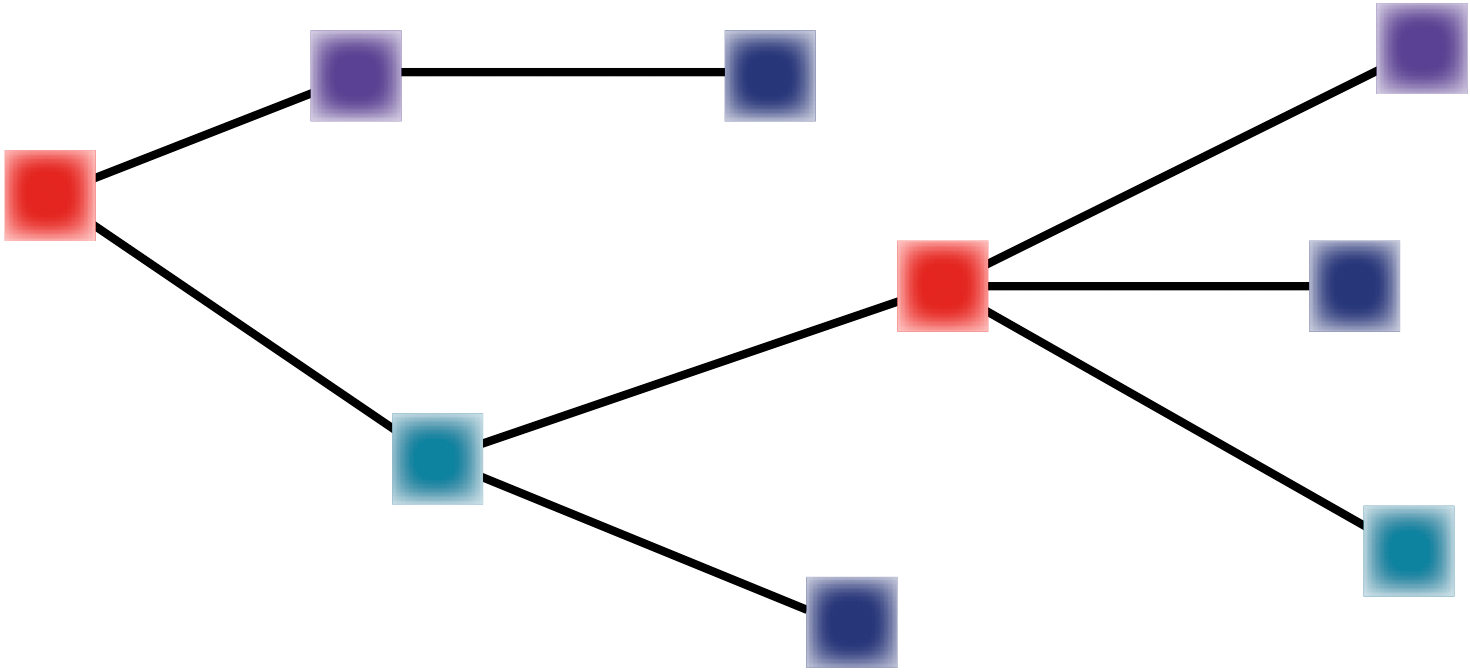Stairway to Synchrony: How does synaptic structure shape dynamic interactions in a neuronal network?
Our brain consists of a great number of interconnected nerve cells. Interactions among these neurons, within and between the different networks they constitute, are what enables us to process sensory information, or to control movements of our body. Furthermore, their communication underlies the processes of learning and cognition. In fact, most of the things the brain can do rely on cooperation between neurons – which can be an enormously complicated thing to study, as each one of the billions of cells connects to thousands of different other neurons. Whenever a neuron fires off an electrical impulse (an “action potential”, or “spike”), this signal propagates through the network and influences cells that receive it, thus making its contribution to the network's activity. Action potentials that are coordinated in time and arrive simultaneously at their target neuron are particularly potent in leaving an impact. How much of this synchronous activity is generated depends, to a large extent, on how exactly the individual neurons connect to their neighbors or, as mathematicians would say, on the “network topology”.
Using a relatively simple, but powerful mathematical model as a surrogate for real neural activity, a previous theoretical study by Volker Pernice and colleagues managed to explain the influence of topology on “pairwise correlations” – that is, synchrony arising between pairs of neurons. However, the effect of connectivity on the coordination of larger groups comprising three or more cells (so-called “higher-order correlations”) was not touched upon.
A research article by Stojan Jovanović and Stefan Rotter from the Bernstein Center Freiburg, together with John Hertz from the Niels Bohr Institute in Copenhagen and NORDITA in Stockholm, recently published in the journal Physical Review E, aims to fill this gap in our understanding of spiking network theory. Generalizing the approach of Pernice et al., the authors show that the elegant results pertaining to pairwise synchrony can be naturally extended to groups of more than two neurons. By deriving intuitive mathematical formulas, they show how quantitative measures of joint spiking activity, known as “cumulants”, can systematically account for all the paths in the network that groups of spikes can take to arrive at their respective targets. In a nutshell, the more ways to connect a group of neurons within the network there are, the more intense their cooperation will be.
Apart from its theoretical interest, this result also represents a suitable starting point for developing efficient methods for neuronal data analysis, as it reduces the problem of estimating higher-order correlations to one of counting specific connectivity patterns, or “motifs”, that are part of the network in question. However, since the number of relevant motifs grows very quickly as the neuron group size increases, the authors also provide an algorithm capable of automatizing the enumerations process, which makes it possible to deal with this combinatorial problem in practice.
Original publication
Jovanović S, Hertz J, Rotter S (2015) Cumulants of Hawkes point processes. Physical Review E 91: 042802. doi: 10.1103/PhysRevE.91.042802
Image caption
Illustration of the branching structure that generates a Poisson cluster process, which in turn can be used to define the Hawkes process. The latter provides a mathematically formalized description of interacting spiking neurons in a recurrent network.


